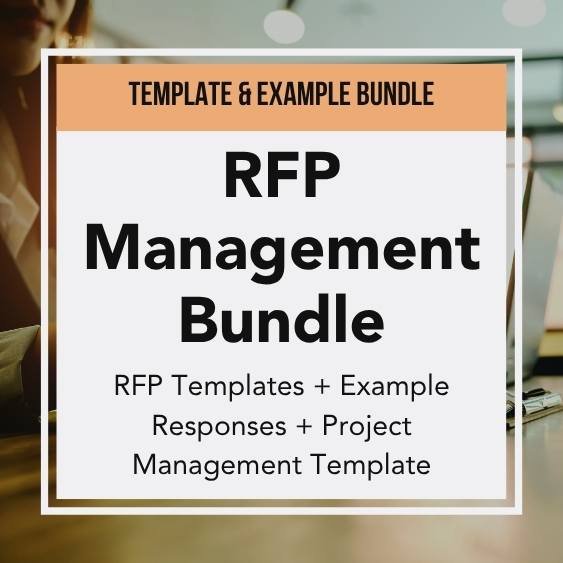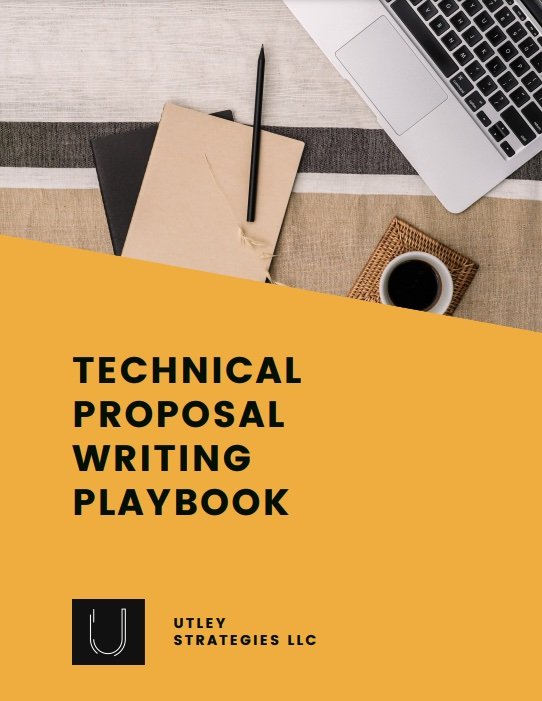How to Create an RFP Proposal Management Process That Wins
The release of an RFP can create a pit of dread on too many teams. Anxious questions start to arise.
Who’s going to pull this together? Do we have enough time? What about our other projects? Is it even worth it?
This reaction is common, but it doesn’t have to be the only way. With a clear and effective proposal management process in place, these questions will have clear answers, and the release of an RFP can become an exciting opportunity.
5 Key Elements of Effective Proposal Management
Nearly every effective proposal management process includes some combination of the five key elements.
Administrative
When juggling multiple RFP deadlines, complex requirements, forms, and questionnaires, managing the administrative aspects of the RFP is essential for both compliance and winning.
Answer the Who, What, Where, and When of each RFP for easy management.
Who. First, define who will be completing what steps of the process. Who is managing the calendar? Writing the content? Approving the final proposal? Submitting to the customer? Attending the review meeting? Leading meetings and check-ins? Define all of these up front to avoid any confusion.
What. This is critical for compliance. What exactly needs to be completed for the RFP? Are there forms? Questionnaires? Specific design requirements? What is the solution and how do we do it?
Where. Where will we store all of our documents? Where will we draft? Where will we hold review meetings? Where does the proposal need to be submitted?
When. When is the RFP deadline? When are questions due? When will we receive answers? When should we hold our reviews?
Answering these questions when the RFP is released will allow you to focus on creating and implementing a win strategy.
Strategy
Without a clear proposal management process in place, many companies spend so much time focused on the administrative aspects of the RFP that they miss the step to create a win strategy. This step, however, is critical for the ongoing success of your RFPs.
When thinking about your RFP strategy, you need to focus on:
The customer. Why do they need a solution now? What are their goals and how do they expect them to happen? What are their fears?
The competition. Who else is bidding and how do they meet the customers needs? Have we won against them in the past? How will we earn more points than them now?
The content. What are our unique selling points and how can we show that? How do we address the customer’s goals better than the competition? Do we have any metrics or examples to prove this?
Addressing the strategy piece tends to take place either on the kickoff or shortly after in a separate strategy meeting. Ideally you have an agreed-upon strategy in place before you begin drafting the proposal.
Proposal Creation
Once you have a strategy established, it’s time to start drafting the proposal!
Instead of starting with your boilerplate, we recommend following these steps:
Outline based on RFP requirements. First, structure your proposal based on what the buyer requests in the RFP.
Add strategy notes. Once you have an outline, go through the proposal and jot down notes for how you can incorporate your strategy into each section. This does not have to be every question or full answers. Just ideas for how you can touch upon your win strategy.
Fill in with boilerplate. With your strategy notes in place, go through and add boilerplate to each question.
Revise into answers. Combine your notes with the boilerplate to speak to the customer.
Revision
During the planning phase, allow time for at least one round of revision (ideally a few more). The formality of this will vary based on the size of your team and the time before the due date, but it is helpful to have a review meeting where at least one person who did not write any section of the proposal reads through it and provides feedback. For larger, more complex proposals, you might need to break the proposal into smaller chunks and have several review meetings.
Incorporate the appropriate feedback into the proposal and edit it until it’s ready for the customer. Then submit!
Optional: Compliance Review
For RFPs with complicated requirements, consider adding in a compliance review meeting prior to submission.
Post Mortem
The most successful companies don’t end their proposal management process at submission. It’s important to debrief after the proposal is submitted to review what worked, what didn’t, and make changes for next time.
If possible, meet with the customer and get their feedback on your proposal (whether you won or lost). Also review any bid tabulations or scoring sheets to see where you can improve.
Take those insights and update your proposal process and your content library.
Additional Resources
Competitive RFP Key Meeting Templates
This bundle includes templates for key meetings that will help you create a winning strategy for your proposal. Ideal for complicated or competitive RFPs, these templates will keep you on track throughout the proposal process.
RFP Management Bundle
The RFP Management bundle includes all of the major pieces you need to successfully manage an RFP! Now you can focus on developing a winning proposal and spend less time worrying if you’re doing it right.
Technical Proposal Writing Playbook
Download the *FREE* Technical Proposal Writing Playbook to improve your proposals today!




